
Virtuālā TDM kanāla organizēšana

Virtuālā TDM kanāla organizēšana
IPmux®-1E provides legacy services over packet networks. The device converts the data stream from its user E1/T1, analog telephone or ISDN ports into packets for transmission over the network. The frame format of these packets is IP or Ethernet. These packets are transmitted via the IPmux-1E Ethernet network port to the PSN. A remote pseudowire device converts the packets back to the original user traffic format.
A powerful internal Layer-2 Ethernet switch provides a user Ethernet port with rate limiting and port-based VLAN tagging capabilities. The device supports standard IP features, such as ICMP (ping), ARP next hop and default gateway.
VLAN tagging and priority labeling are supported according to 802.1p&Q. pseudowire frames are assigned (tagged) a dedicated VLAN ID.
VLAN membership allows:
The user can configure the ToS or Diffserv of the outgoing pseudowire packets. This allows the packets to be given a higher priority by network switches and routers. Assigned, IANA-registered UDP socket
number for TDMoIP simplifies flow classification through switches and routers.
Rate limiting can be applied on the Ethernet user port to control the maximum rate of the traffic transmitted towards the packet-switched network.
Configuration and monitoring are performed locally via an ASCII terminal, or remotely via Telnet, or RADview. Software is downloaded via the local terminal, using XMODEM, or remotely, using TFTP. After downloading a new software version, IPmux-1E automatically saves the previous version in non-volatile memory for backup purposes. Similarly, copies of the configuration file may be downloaded and uploaded to a remote workstation for backup and restore purposes.
The RADview Service Center TDMoIP package controls and monitors pseudowire devices and circuits. The Service Center’s intuitive GUI, “point-and-click” functionality and easy-to-follow wizards increase the
efficiency and accuracy of the service provisioning process.
Synchronization between TDM devices is maintained by using advanced clock distribution mechanisms. The clocking options are:
The external clock port serves for out-of-band synchronization.
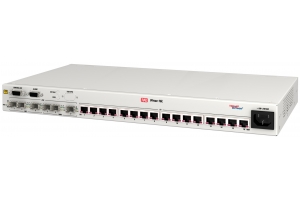
Virtuālā TDM kanāla organizēšana
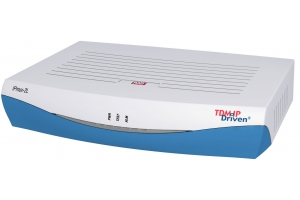
Virtuālā TDM kanāla organizēšana
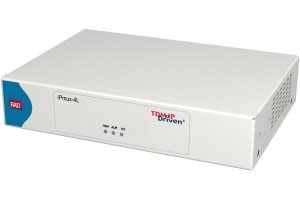
Virtuālā TDM kanāla organizēšana
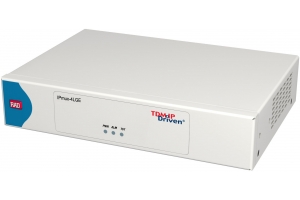
Virtuālā TDM kanāla organizēšana
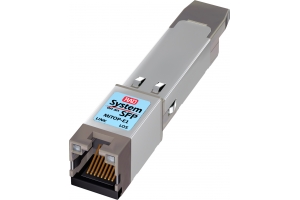
Virtuālā TDM kanāla organizēšana (SFP formāts)
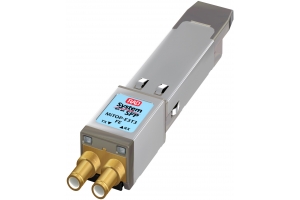
Virtuālā TDM kanāla organizēšana (SFP formāts)